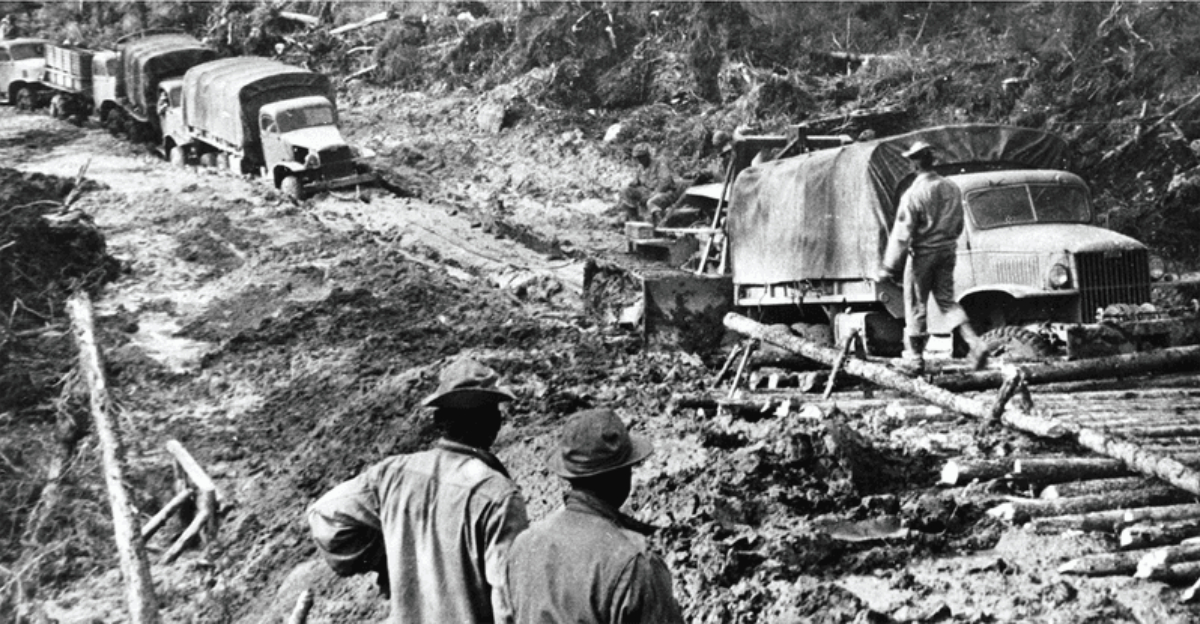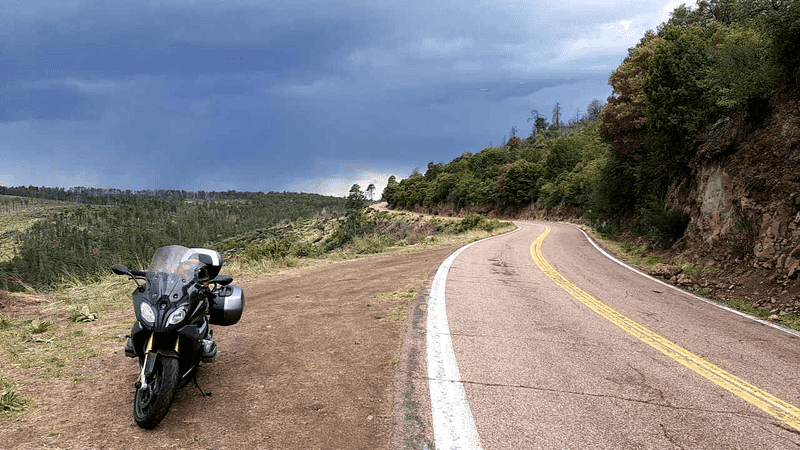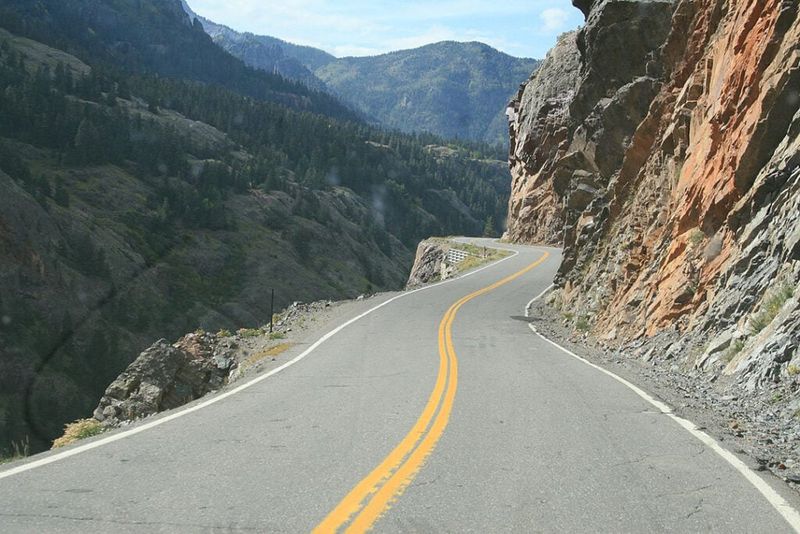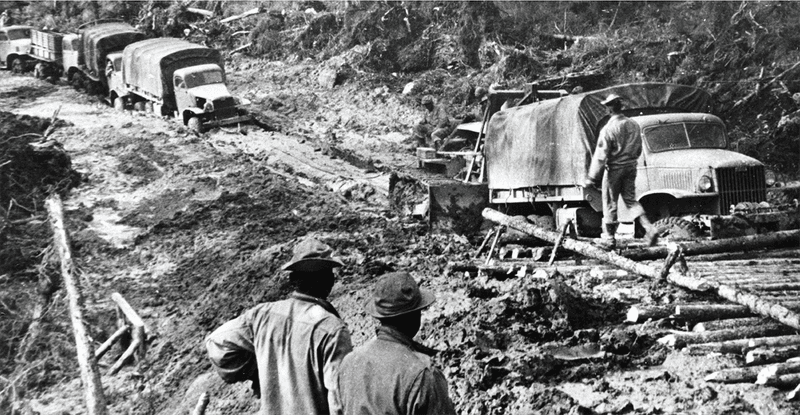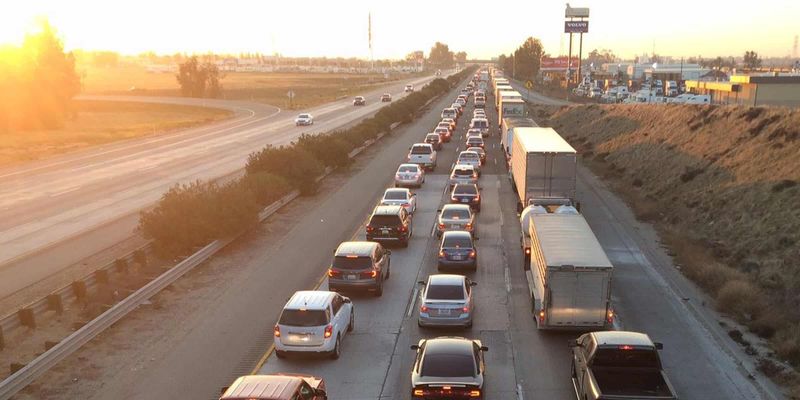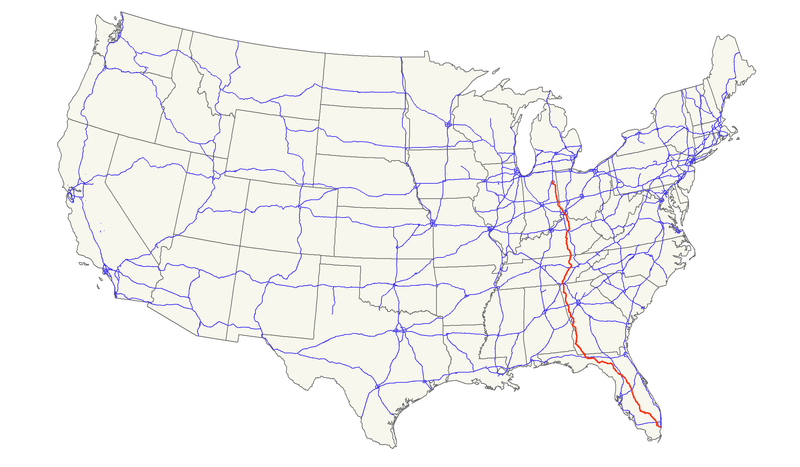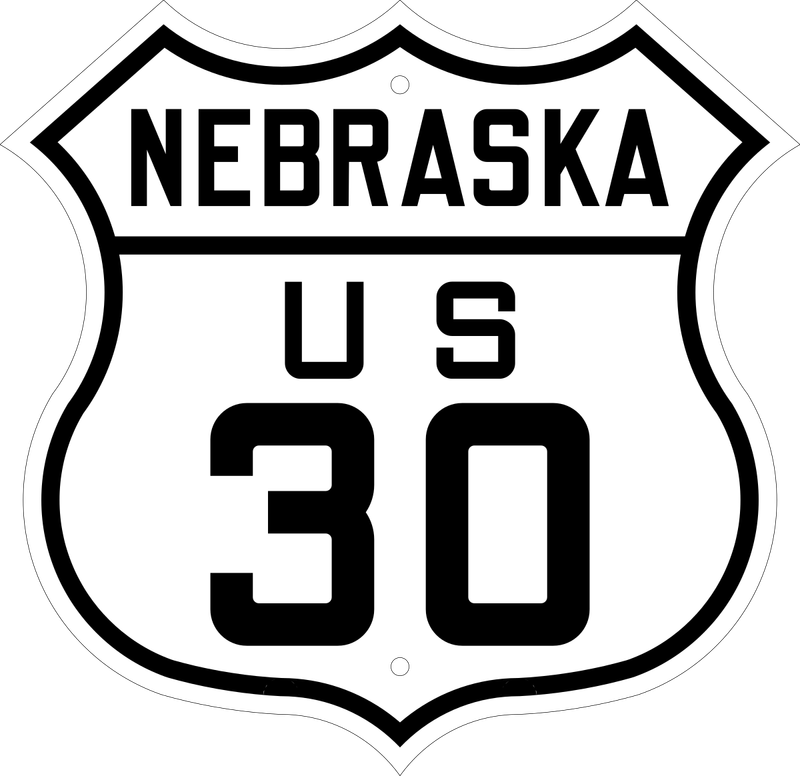American roadways have evolved dramatically over the decades, with many dangerous routes being replaced by safer alternatives.
Some highways gained such terrible reputations for accidents and fatalities that officials had no choice but to rename, reroute, or completely remove them from maps.
These eight notorious highways once struck fear into drivers across the country before being erased from America’s road system.
1. U.S. Route 666 – “The Devil’s Highway”
Stretching through New Mexico, Colorado, and Utah, this infamous route earned its sinister nickname honestly. The highway’s number alone spooked superstitious travelers, but its real danger came from poorly maintained pavement and treacherous desert curves.
After decades of accidents and unsettling stories, transportation officials finally caved to public pressure. In 2003, the road was officially renamed U.S. Route 491, allowing it to shed its devilish reputation while undergoing much-needed safety improvements.
2. Route 40 – California’s “Suicide Highway”
Before Interstate 80 existed, Route 40’s Sierra Nevada passage terrified even experienced drivers. Hairpin turns hugged sheer cliff edges with minimal guardrails, while opposing traffic shared narrow lanes separated by nothing but faded paint lines.
Winter conditions transformed this already perilous route into a true nightmare. Blinding snowstorms could strand motorists for days in remote areas. The route’s deadly reputation faded only after I-80 replaced most sections, relegating “Suicide Highway” to history books.
3. Bloody 66 – The Dark Side of an American Icon
Route 66 may conjure nostalgic images of the great American road trip, but sections in Missouri and Arizona told a grimmer story. Locals dubbed these segments “Bloody 66” due to their alarming fatality rates.
The highway’s two-lane design proved inadequate for the post-war traffic boom. Overloaded trucks battled passenger cars on narrow stretches with no median barriers. By 1985, the legendary route was decommissioned entirely, with safer interstates like I-40 taking over the cross-country burden.
4. Alaska Highway’s Primitive Military Version
Constructed in a rush during World War II, the original Alaska Highway was more wilderness trail than proper road. Military engineers carved it through untamed forests and mountains in just nine months during 1942.
The primitive route featured unstable bridges, sudden washouts, and sections that simply disappeared during spring thaws. Travelers faced bone-jarring gravel stretches for hundreds of miles without services. Today’s smooth, paved version bears little resemblance to this dangerous pioneer path that claimed countless vehicles and brave souls.
5. Highway of Death – U.S. Route 99 Through California
California’s Central Valley farmers once dreaded U.S. 99, a notorious killer that sliced through agricultural communities. The two-lane highway funneled heavy commercial trucks alongside local traffic with minimal separation.
Foggy winter mornings created perfect conditions for multi-vehicle pileups. Drivers would suddenly encounter zero visibility and stopped traffic with catastrophic results. Interstate 5 eventually replaced most sections, but Route 99’s deadly legacy continues to influence highway safety design throughout California’s farm country.
6. Cincinnati’s Killer Curves on U.S. Route 27
Cincinnati’s urban section of U.S. 27 became notorious for its deadly design flaws in the mid-20th century. Sharp curves appeared without warning after straightaways, causing countless vehicles to careen off the roadway at high speeds.
Poor drainage created treacherous ice patches during winter months. The route’s outdated engineering failed to account for increasing vehicle speeds and traffic volume as the city expanded. After decades of preventable tragedies, officials finally realigned the most dangerous sections, incorporating modern safety standards that the original designers never imagined.
7. Desert Death Trap – U.S. Route 80’s Western Stretch
Crossing the scorching deserts between Dallas and San Diego, U.S. Route 80 earned a grim reputation as a lifeline with deadly gaps. Breakdowns in remote sections often became life-threatening emergencies as temperatures soared above 110°F.
The route’s endless straight sections lulled drivers into dangerous highway hypnosis. With no lighting, cell service, or nearby emergency response, accidents often had fatal consequences. Modern interstates like I-8 and I-10 finally replaced this dangerous corridor, adding medians, rest areas, and critical safety features missing from the original route.
8. U.S. Route 30S – The Forgotten Flood Hazard
Few remember U.S. Route 30S, an alternate route that connected Utah to Nebraska through some of America’s most isolated terrain. Large sections remained unpaved into the 1940s, turning to impassable mud bogs after even light rain.
Flash flooding regularly washed away entire sections without warning. The route crossed numerous streams with primitive bridges that couldn’t withstand sudden water surges. Transportation officials eventually absorbed safer portions into the main U.S. 30 route while abandoning the most hazardous segments, erasing this dangerous pathway from modern maps.
